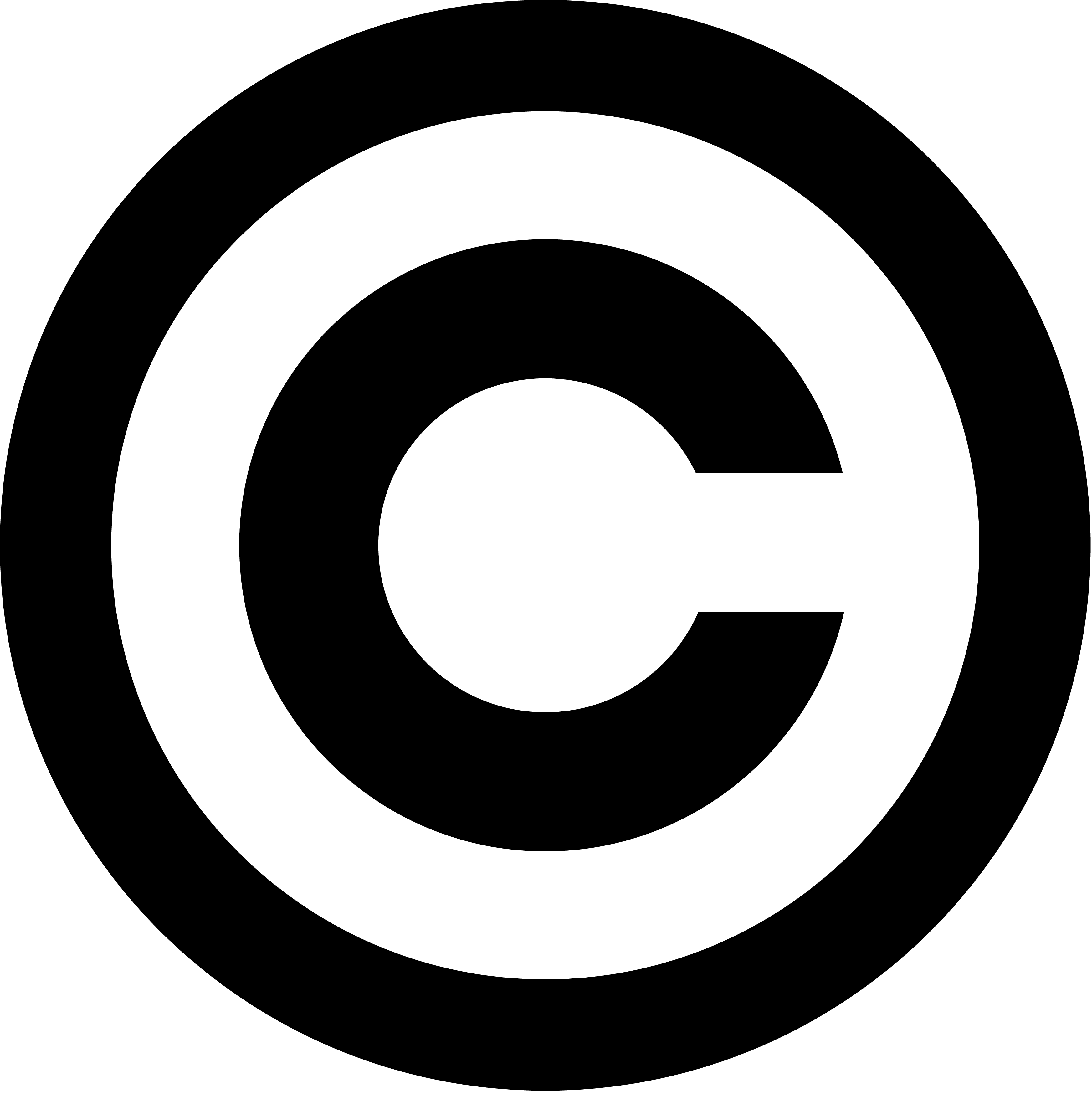

Activate your CalArts Library account (via "My Library Account") to be able to review your Library account information, renew books and other materials, and access electronic resources from off-campus. Remember that your username is your CalArts ID #.
In this section, you’ll find a variety of resources to help answer your questions about copyright, fair use, the public domain, and other usage rights of materials as they pertain to online teaching and learning at CalArts.
Additionally, in response to the effect that the COVID-19 pandemic had (and has) on in-person instruction, this public statement written by copyright librarians (acknowledging and advocating for the strength of fair use claims for emergency remote teaching / learning / research), as well as the latest entries in this blog by Harvard University lawyer and librarian, Kyle Courtney, may be of particular interest.
 General / Introductory Copyright Information
General / Introductory Copyright InformationCopyright law is...complex (don't worry -- even experts say so!), but these resources should help you understand the basic components and considerations within the world of copyright and intellectual property law.
 Fair Use
Fair UseIn United States copyright law, "fair use" generally refers to any copying of copyrighted material done for a limited and “transformative” purpose -- such as criticism, news reporting, teaching, research, and/or parody -- without the need for permission from (or payment to) the copyright holder. In other words, fair use is a defense against a claim of copyright infringement. If your use of copyrighted material qualifies as a fair use, it would not be considered an infringement.
The U.S. copyright law is contained in chapters 1 through 8 and 10 through 12 of title 17 of the United States Code. Section 107 and Section 108 of the U.S. Code specifically address the concept of fair use and its limitations / exceptions for libraries and archives.
Fair Use Video Tutorials
 The term “public domain” refers to creative materials that are not protected by intellectual property laws such as copyright, trademark, or patent laws; the public OWNS these works, so anyone can use a public domain work freely, without obtaining permission.
The term “public domain” refers to creative materials that are not protected by intellectual property laws such as copyright, trademark, or patent laws; the public OWNS these works, so anyone can use a public domain work freely, without obtaining permission.
The U.S. public domain is filled with creative works -- photos, books, music, software, and more -- that you can use, share, recast / remix, and/or build upon (to create new work).
 Creative Commons Licences
Creative Commons LicencesCreative Commons (CC) is an American non-profit organization "dedicated to building a globally-accessible public commons of knowledge and culture," making it easier "for people to share their creative and academic work, as well as to access and build upon the work of others." Creative Commons also "provides free tools that let authors, scientists, artists, and educators easily mark their creative work with the freedoms they want it to carry," meaning you can use Creative Commons to share (and, if desired, re-create) your work in a number of ways.
Music copyright is really a world of its own. One reason for this is simply the variation of formats found in musical works: sound recordings and musical compositions, for example, are considered two (2) separate, distinct works and thus held under different copyrights. Even though a sound recording is a derivative work of the underlying musical composition, a copyright in a sound recording is not the same as, or a substitute for, copyright in the underlying musical composition.
Many musical works -- compositions as well as sound recordings -- are now in the public domain, though many others are not. For specific questions about using music materials in the classroom, feel free to email scrawford@calarts.edu.